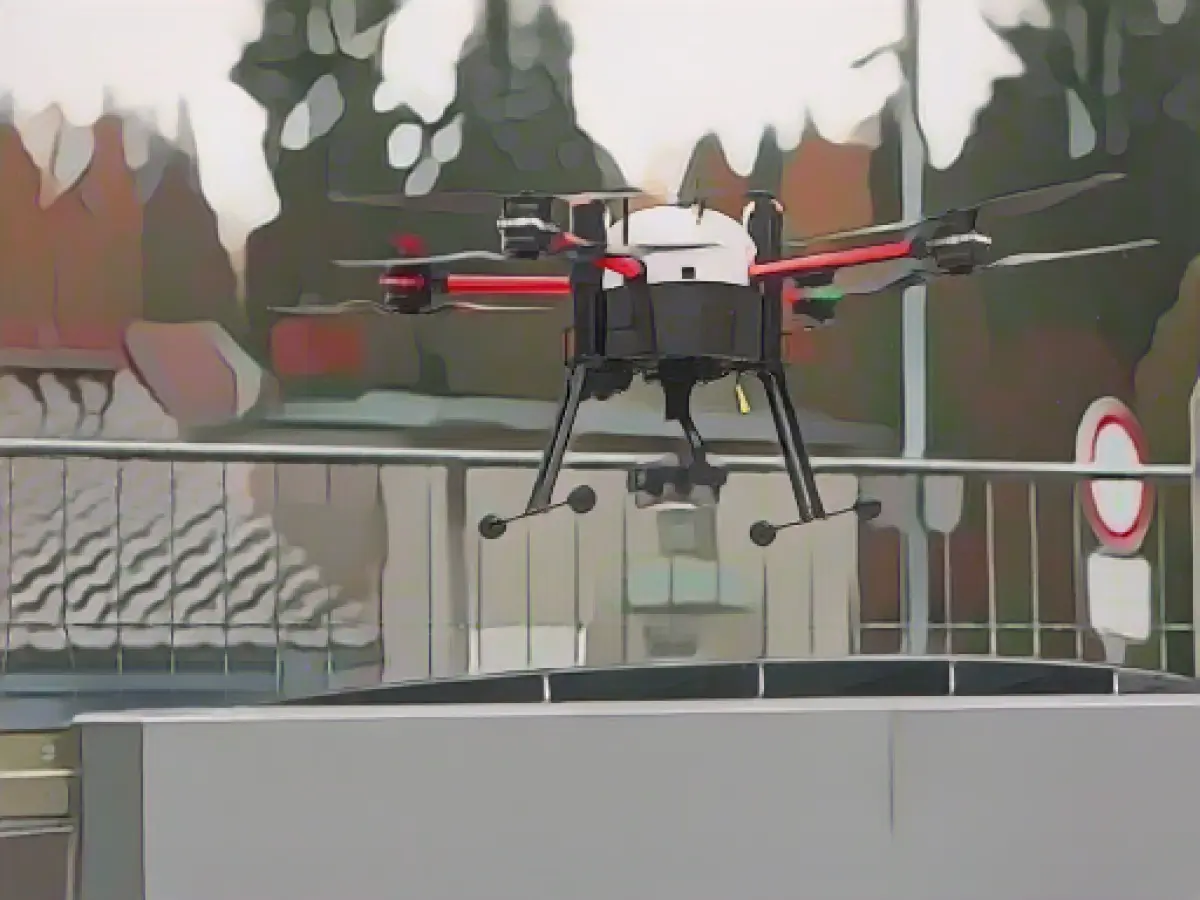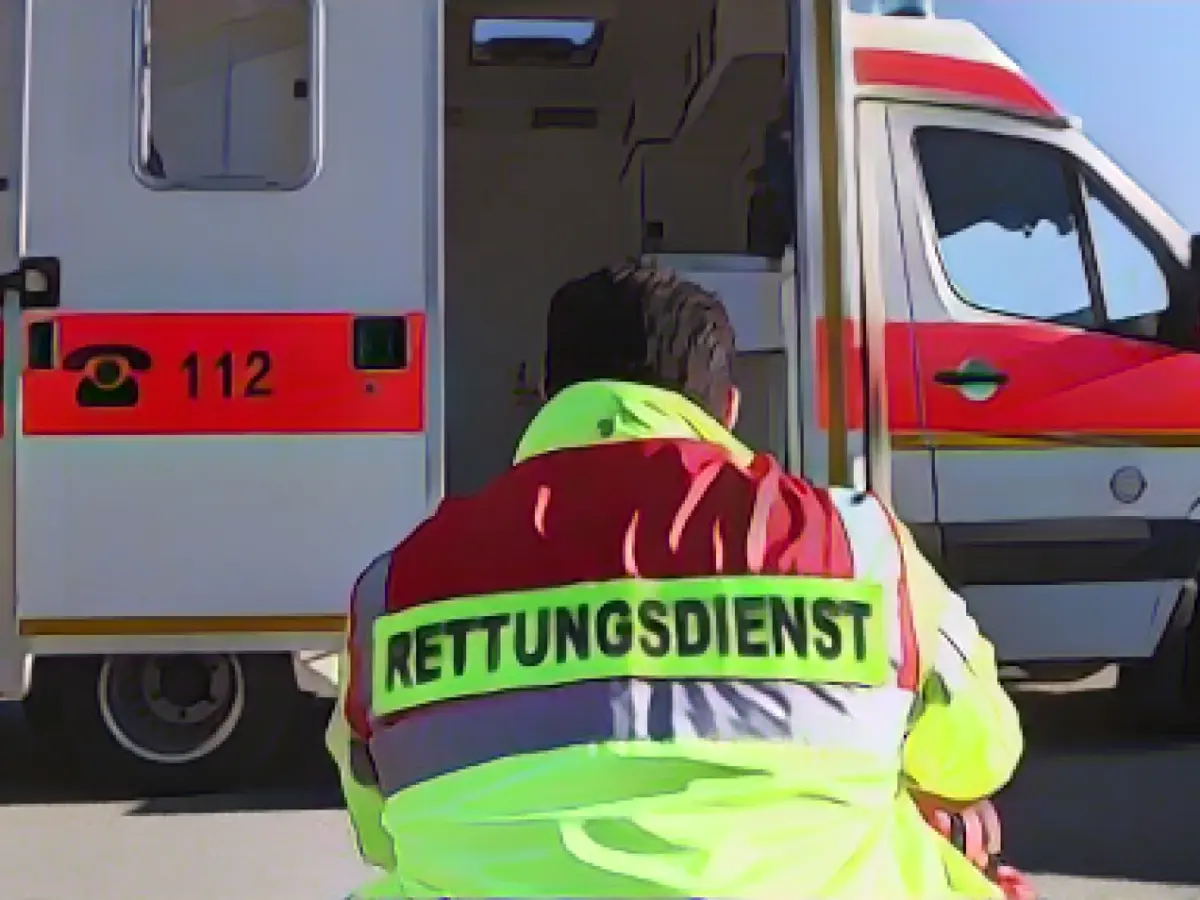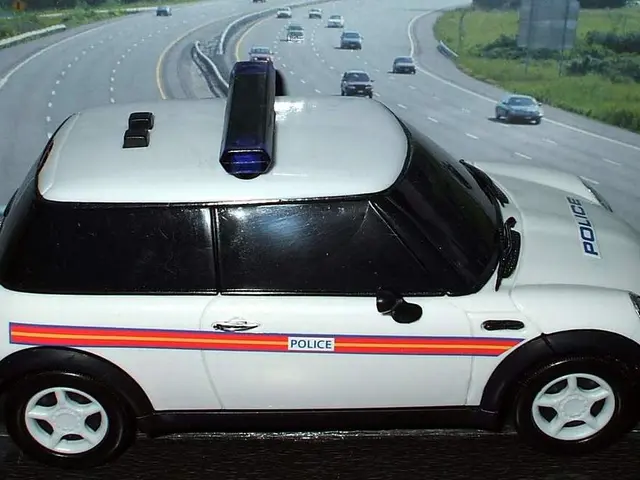Drone Trials Kick Off to Boost Emergency Response in Harz District
Fire departments and disaster response teams could soon get a major boost in the Harz district, thanks to a new drone trial that began last Thursday. With its challenging mountainous terrain, the district would greatly benefit from rapid drone deployment in emergency situations, according to District Administrator Thomas Balcerowski (CDU).
If the trial is successful by February 2024, up to 15 drones will form a comprehensive network across the district. This aerial technology would serve in cases of accidents, fires, missing persons, or natural disasters, providing valuable aerial images for situation assessments.
The test drone, based in Harz town of Elend, already demonstrated its capabilities during its first test flight. It quickly reached a hazardous goods accident site, providing live aerial footage to evaluate the situation within four minutes. The drone operates at speeds of up to 60km/h, covering short and medium-haul flights for up to 45 minutes, depending on environmental conditions.
Helping Environmental Conservation Efforts
Drones could play a vital role in environmental conservation in the Harz district. In the case of an emergency, real-time visuals from the drone would be critical for assessing the situation and planning an effective response. Moreover, advanced drones like multispectral and LiDAR could monitor vegetation health, protect habitats, and track wildlife behaviour, while minimizing human impact on fragile ecosystems.
Effective Deployment in Emergency Situations
Drones have proven to be a valuable asset in emergency situations, including fires and natural disasters. They can quickly identify hotspots and map fire spread patterns, reducing risks for rescuers while optimizing their efforts. After a disaster, drones can help locate survivors and survey affected areas, providing essential data for rescue teams.
The Harz district is a suitable location for a drone pilot project. Mastery of the unique geography and weather conditions of the region would enable drones to perform successfully in various parts of Germany.
Cost-Effective and Safe Solution
Drones offer a cost-effective solution compared to helicopters or large ground teams for emergency missions. Their smaller size allows for easy deployment, helping to minimize costs, and their real-time data collection ensures that rescue teams are prepared with the most up-to-date information.
Sources:
Enrichment Insights:
- Drones can significantly improve environmental conservation efforts by providing real-time monitoring, thermal imaging, and data collection, which helps conservationists protect habitats and wildlife.
- Drones are also an effective solution for emergency situations due to their rapid deployment, safety features, and cost efficiency.
- Advanced drone technology like multispectral and LiDAR can collect detailed information on environmental conditions and wildlife behaviour, which is crucial for conservation efforts.








